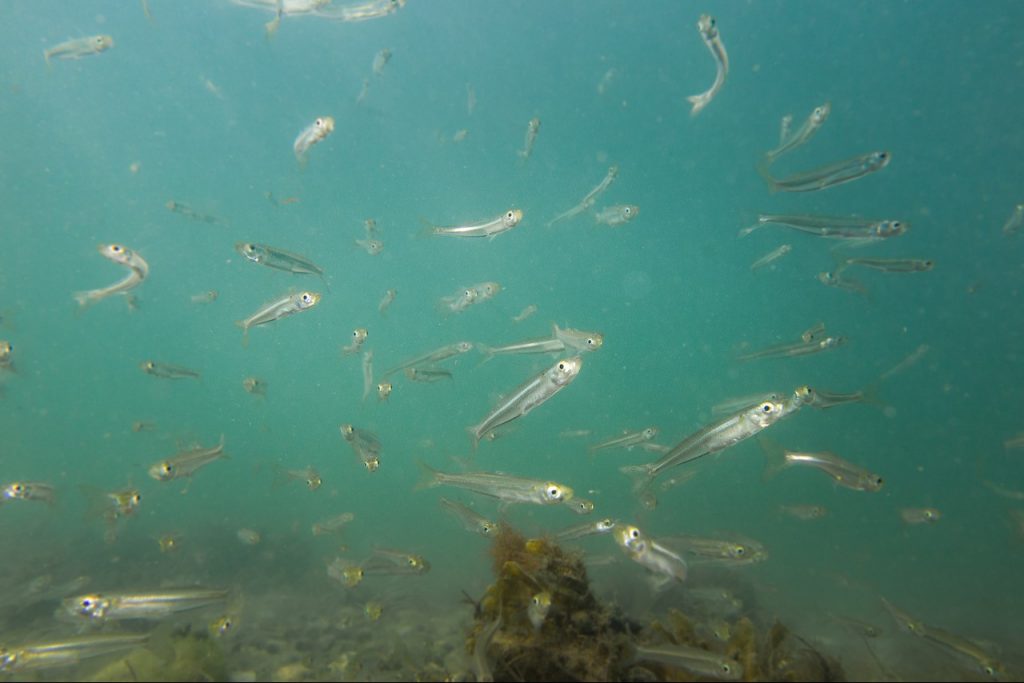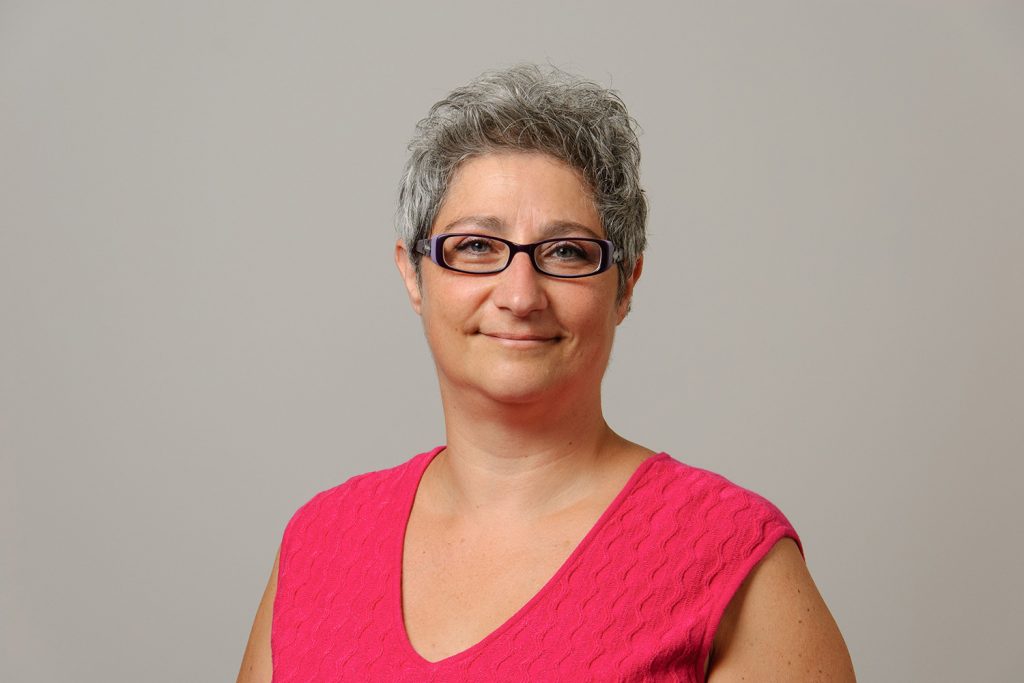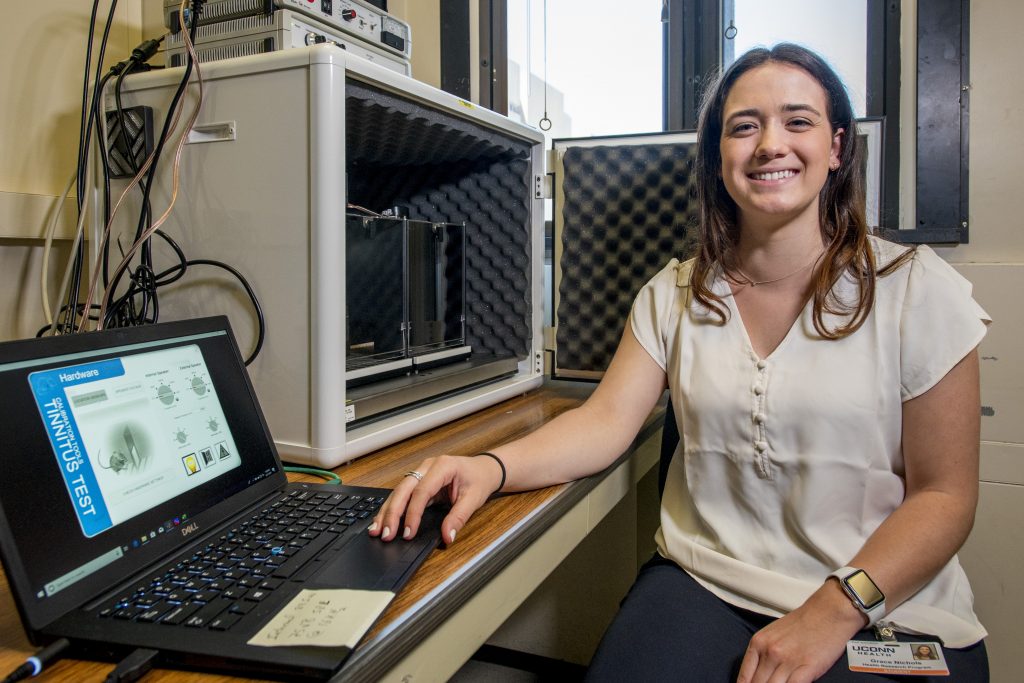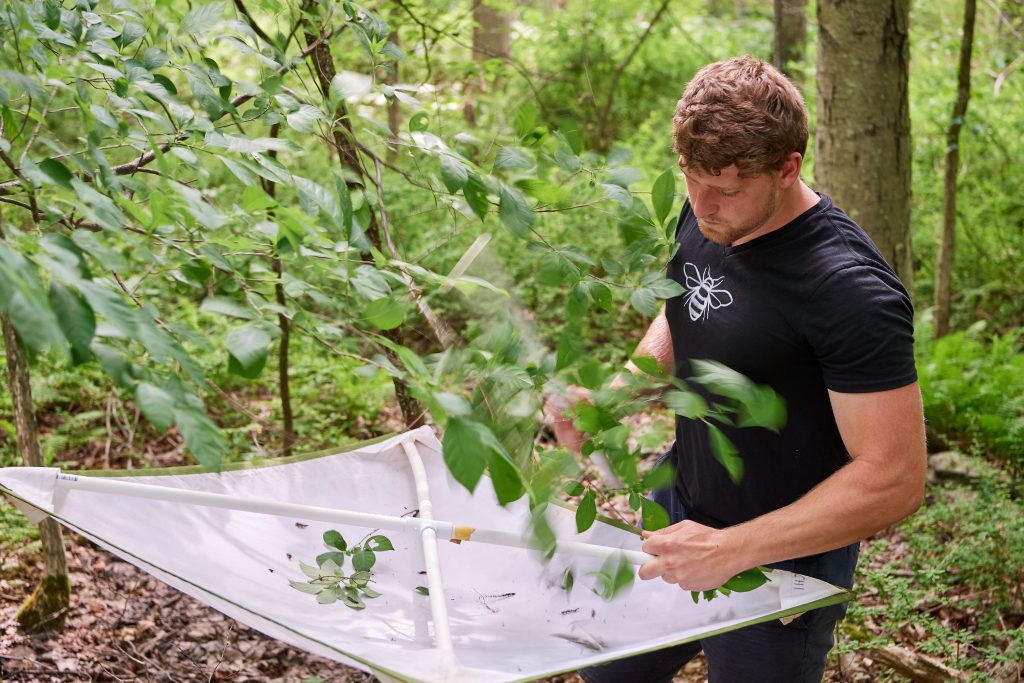College of Liberal Arts and Sciences
Humans Altered the Genetic Make-up of a Species Through Fishing
Scientists have long suspected that rapid evolutionary change in fish caused by intense harvest pressure is the reason commercial fish have grown slower and matured earlier. Now, they have proof.
August 2, 2019 | Blaine Friedlander, Cornell University, and Elaina Hancock, UConn
For Men, Weight Stigma Comes with Harmful Health Consequences
Health care providers may want to ask men about weight stigma to help identify those who may be vulnerable to depression or disordered eating behaviors, which are underdiagnosed in men, says the UConn study author.
July 30, 2019 | Kristin Messina, UConn Rudd Center
Sign Language Researcher Receives President’s Science Award
Associate Professor of Psychological Sciences Marie Coppola, who studies sign language development and cognition, received the Presidential Early Career Award for Scientists and Engineers at the White House on Thursday.
July 26, 2019 | Combined Reports
‘Trash Talk’ Really Can Put Players Off Their Game, UConn Researcher Finds
A study of 200 adults conducted by a graduate student confirmed the ability of trash talk to negatively affect the game performance of a competitor.
July 25, 2019 | Kenneth Best
Summer Undergraduate Researcher Grace Nichols ’20 (CLAS)
"A topic you might learn about in one slide or one lecture, you are now going in depth on and on the front lines," says Grace Nichols '20 (CLAS).
July 24, 2019 | Mike Enright '88 (CLAS), University Communications
Running the Show at ‘NBC Nightly News with Lester Holt’
As executive producer of 'NBC Nightly News with Lester Holt,' Suozzo, a former dancer, says she directs each episode as if it were a ballet.
July 19, 2019 | Julia M. Klein
OVPR Announces Research Excellence Awards
The primary goal of the REP is to provide seed funding to fuel innovative research, scholarship, and creative endeavors with strong potential for significant extramural funding and/or achievements consistent with the highest standards of accomplishment in the discipline.
July 18, 2019 | Jessica McBride, PhD
Summer Undergraduate Researcher Christian Connors ’20 (CLAS)
'With insects, there is this hidden guild of organisms that are secretly controlling insect numbers,' says Christian Connors, who is conducting research on insect parasitoids.
July 17, 2019 | Mike Enright '88 (CLAS), University Communications
In Memoriam: Brian Jones, State Archaeologist
Jones, a professor of anthropology, received his Ph.D. in anthropology at UConn and led the Office of the State Archaeologist for five years.
July 16, 2019 | Combined Reports
The American Jewish Year Book, a Record for Posterity
Emeritus professor of sociology Arnold Dashefsky, co-author of the year book, discusses the importance of keeping records on the Jewish population in America, and the challenges of updating the publication.
July 16, 2019 | Kenneth Best









